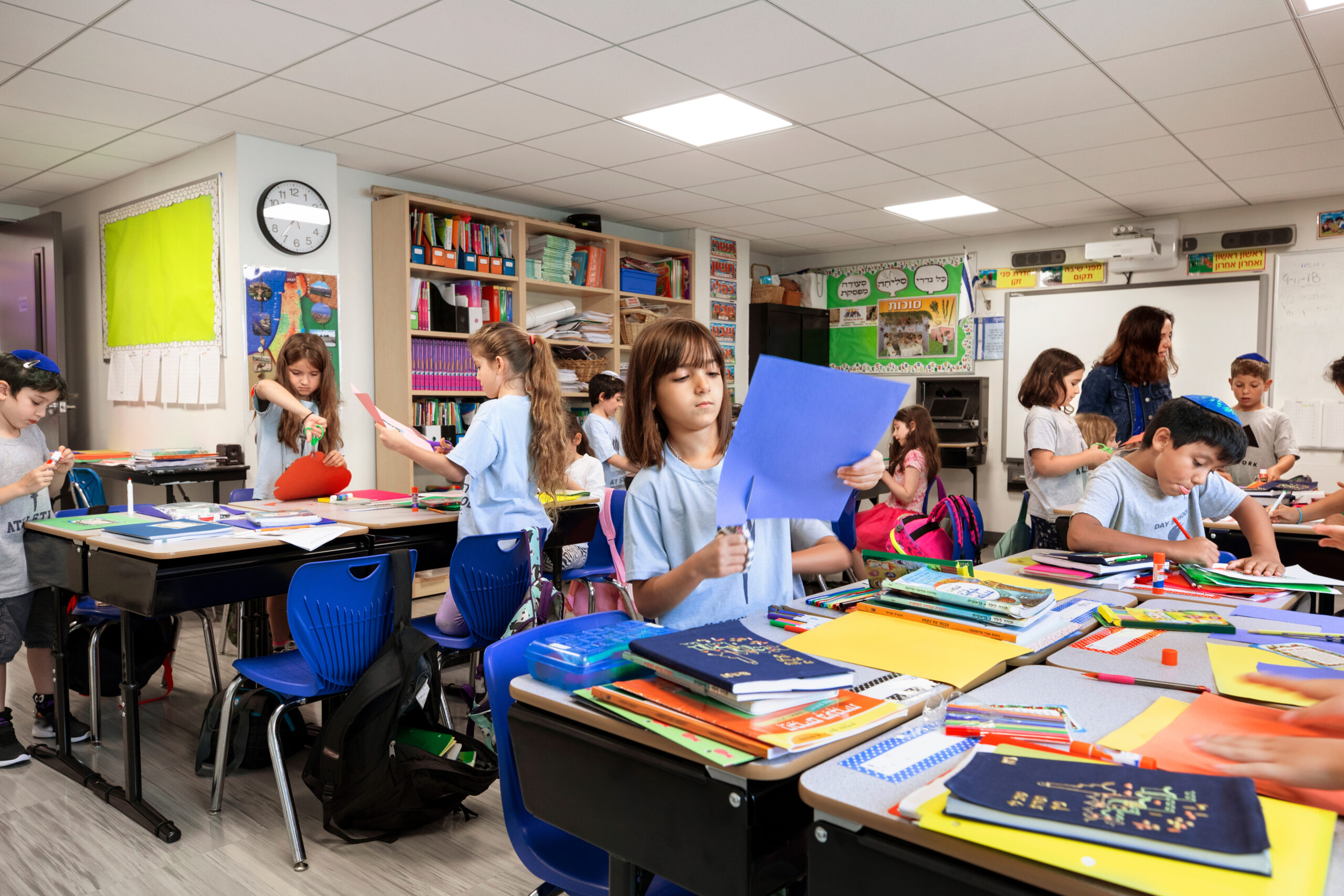Introduction: Where Education Meets Empathy
As both an educator and an educational therapist, I’ve always believed that learning goes beyond textbooks and test scores. Children bring their full selves into the learning space—their emotions, their experiences, and sometimes, their pain. Nowhere is this more evident than in hospital settings, where children face not only health challenges but disruptions to their education and emotional development.
During my work at the UCLA Mattel Children’s Hospital and the Ronald McDonald House, I saw firsthand how arts-based interventions can be a lifeline for children battling illness. These programs don’t just fill time—they spark healing, foster resilience, and reignite a love of learning, even in the most difficult moments.
The Role of Arts in Healing
Art has long been recognized as a therapeutic outlet. When children are facing serious health conditions, art becomes more than just creative expression—it becomes a form of communication, empowerment, and release.
I designed and implemented an Arts and Education Program for hospitalized children, rooted in the belief that creativity can be a bridge between the medical world and the learning world. Through drawing, storytelling, music, and collaborative projects, students rediscover a sense of control, identity, and joy that illness often threatens to take away.
One child undergoing treatment for leukemia told me, “When I draw, I forget I’m sick.” That moment reinforced what I’ve always known: art doesn’t just entertain—it heals.
Supporting Cognitive and Emotional Development
Hospital stays can delay academic progress and disrupt emotional growth. But when learning is paired with creativity, the brain engages differently. Arts-based education supports multiple dimensions of development:
- Cognitive Growth: Artistic activities strengthen memory, focus, and problem-solving skills. For children in treatment, these are critical as they often face “chemo brain” or neurological impacts of illness.
- Emotional Regulation: Creating art offers a safe space for emotional release. Children can express fear, sadness, and hope without needing words.
- Social Connection: Group art projects encourage collaboration and reduce feelings of isolation, which are common during long hospital stays.
Through the programs I facilitated, I watched children not only maintain their academic abilities but often grow more confident and connected than before their diagnosis.
Reintroducing Joy Through Learning
For many hospitalized children, learning becomes stressful or feels irrelevant. Medical routines can leave them feeling disconnected from the outside world. That’s why we embedded joy and play into every learning moment.
One of my most rewarding projects involved children co-writing and illustrating a book together. Every child became an author. Their stories, ideas, and artwork were published in a physical book that now sits in the Library of Congress in Washington, D.C. That kind of achievement—tangible, meaningful, and lasting—restored a sense of normalcy and pride.
When a child can say, “I am an author,” it transforms how they see themselves. They are no longer just a patient; they are creators, learners, and contributors.
Translating Arts-Based Success into Traditional Classrooms
The impact of arts-based interventions in hospitals taught me something that extends beyond those walls: every child benefits from creativity in learning—not just the ones in crisis.
When I returned to traditional classroom settings, I brought those lessons with me. I used art, music, and collaborative storytelling to differentiate curriculum and reach students at all levels. The results were striking. Engagement soared. Students who once struggled academically found their voice.
Whether in a hospital or a classroom, the message remains the same: art makes learning personal, meaningful, and memorable.
Building a Bridge Between Health and Education
For educators and administrators, the takeaway is clear: when we integrate arts into curriculum design—especially for children facing adversity—we support the whole child.
That means:
- Encouraging student-led creative projects
- Integrating arts across the curriculum
- Using visual arts and storytelling to enhance literacy and comprehension
- Providing flexible learning environments that honor emotional needs
- Training educators in trauma-informed and arts-integrated teaching
We must also recognize that education doesn’t stop at the schoolhouse door. Children in hospitals deserve access to enriching, engaging learning that honors their abilities and passions. They deserve to see themselves as more than their diagnosis.
Final Reflections: Teaching from the Heart
My journey through both hospital rooms and classrooms has taught me one thing above all: the greatest gift we can give a child is the belief that they are valued, capable, creative, and seen.
Arts-based interventions aren’t “extras”—they are essentials. They invite children into a world where learning is alive, healing is possible, and hope is never out of reach.
If we, as educators, are willing to teach from the heart as well as the mind, and if we integrate art with intention and compassion, we can help every child—whether battling illness or simply navigating childhood—discover the joy of learning and the power of their own voice.
Let’s continue building bridges between care and creativity, because where art and education meet, transformation happens.
